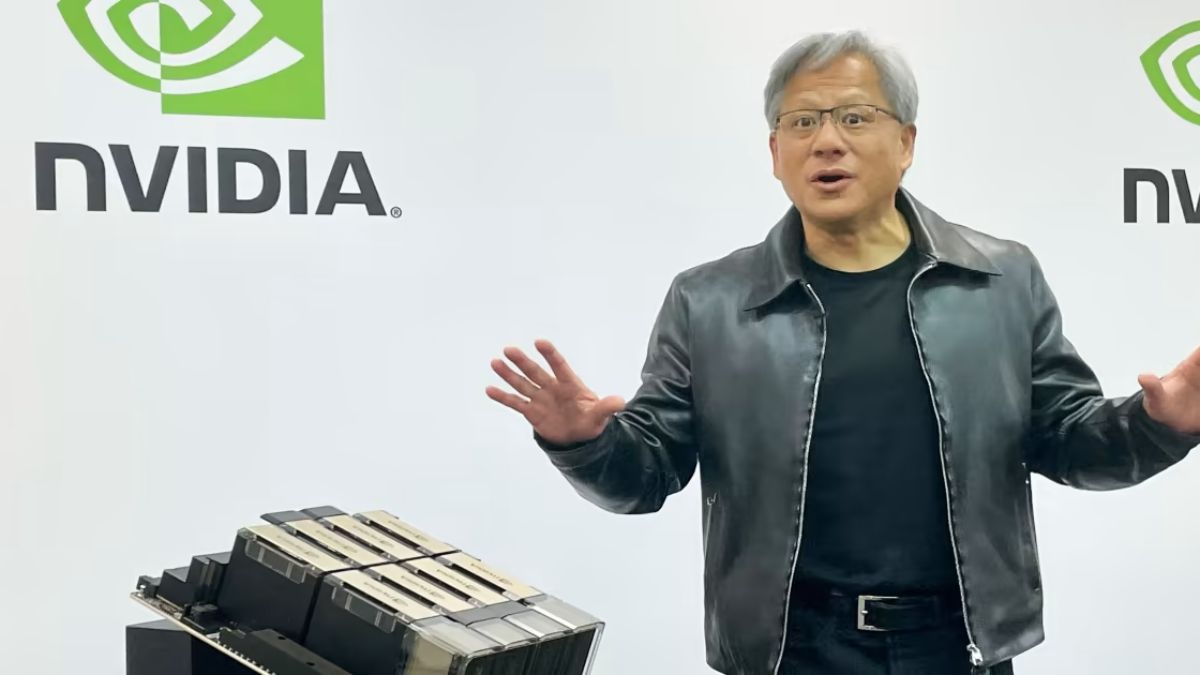 Image Credits : asia.nikkei
Image Credits : asia.nikkei
U.S. tech giant Nvidia has announced plans to support Japan’s efforts in developing generative artificial intelligence (AI) specifically tailored for Japanese language applications. The move comes as part of Japan’s broader push to build sovereign AI infrastructure, aimed at enhancing the country’s AI capabilities while maintaining its unique linguistic and cultural identity.
Nvidia will collaborate with leading Japanese institutions, including the Tokyo Institute of Technology. Together, they will fine-tune large language models (LLMs) that are optimized for Japanese, enabling more accurate and culturally aware AI interactions. These models will power a wide range of applications, from legal document analysis to healthcare solutions.
Japan’s government has earmarked over $740 million to expand its AI infrastructure, enlisting Nvidia to help build the necessary data centres and cloud services. Key local partners, such as SoftBank and SAKURA Internet, will work alongside Nvidia to develop next-generation AI “factories,” massive data centres capable of handling the immense computational needs required for advanced AI.
The llama-3-Swallow 70B model is one of the notable achievements, developed by the Tokyo Institute of Technology. This AI model, designed using Japanese language data, is now available as a microservice through Nvidia’s platform. It is expected to be deployed across various industries in Japan, including healthcare, where it will assist in tasks such as medical data analysis and patient care.
Nvidia’s role is considered pivotal in Japan’s efforts to build sovereign AI systems, aimed at keeping the country competitive in the global AI race. Japan seeks to develop technology that not only delivers robust performance but also aligns with its cultural and linguistic context.
